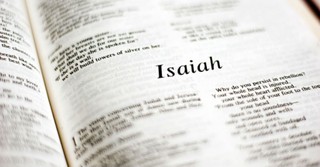Why Is Jesus Called the Seed of the Woman in Genesis 3:15?
Share
Context and Meaning of Genesis 3:15
In Genesis 3:15, after the fall of man, God makes a promise that one day, the “seed of the woman” would crush the head of the serpent. This is the first announcement of the gospel, a prophecy that pointed forward to Christ. It is unusual language, since offspring in Scripture is typically traced through the man. But here, God speaks of a unique birth, highlighting a coming child who would not be born in the ordinary way.
Why is Jesus Called "the Seed of the Woman"?
Jesus is called the seed of the woman because He alone fulfills this promise. Born of the virgin Mary, conceived by the Holy Spirit, Jesus did not inherit the sin of Adam. He entered the world as the second Adam, sent to undo what the first Adam destroyed. Where Adam gave in to temptation, Christ overcame it. Where Adam brought death through disobedience, Christ brought life through obedience, even to the point of dying on a cross (Romans 5:18-19).
When Jesus refers to Mary as “woman” at key moments, at the wedding in Cana (John 2:4) and from the cross (John 19:26), He is not being dismissive. He is tying His mission back to that ancient promise in Genesis. He knows He is the One foretold; the promised seed who would crush the serpent and bring redemption to those who believe.
Photo Credit: ©Getty Images/Liliboas







